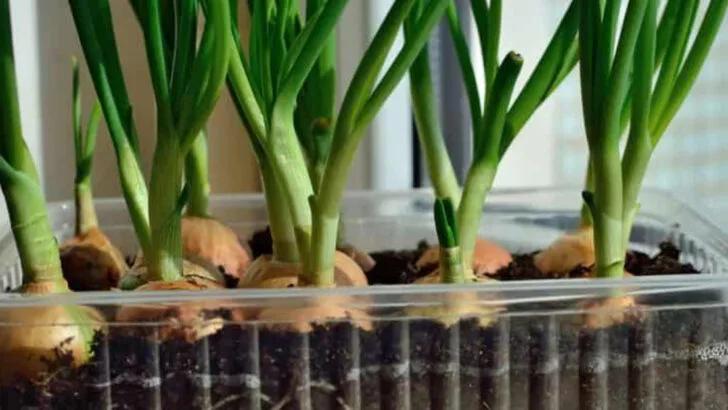Not every vegetable is cut out for the pot. Some flop. Some sulk. Some bolt at the first sign of heat like garden divas with no patience for cramped quarters. If you’ve ever tried growing pumpkins on a balcony or coaxing corn from a patio pot, you know the heartbreak. Big roots, sprawling vines, and fussy feeding needs make some veggies a total nightmare in containers. But don’t give up just yet. There’s a whole cast of produce that loves container life—compact, reliable, and surprisingly generous for their size. These are the ones that thrive in tight spaces and still deliver the goods. Let’s swap the drama queens for the dependable stars—and help your containers go from “meh” to mouthwatering.
Corn
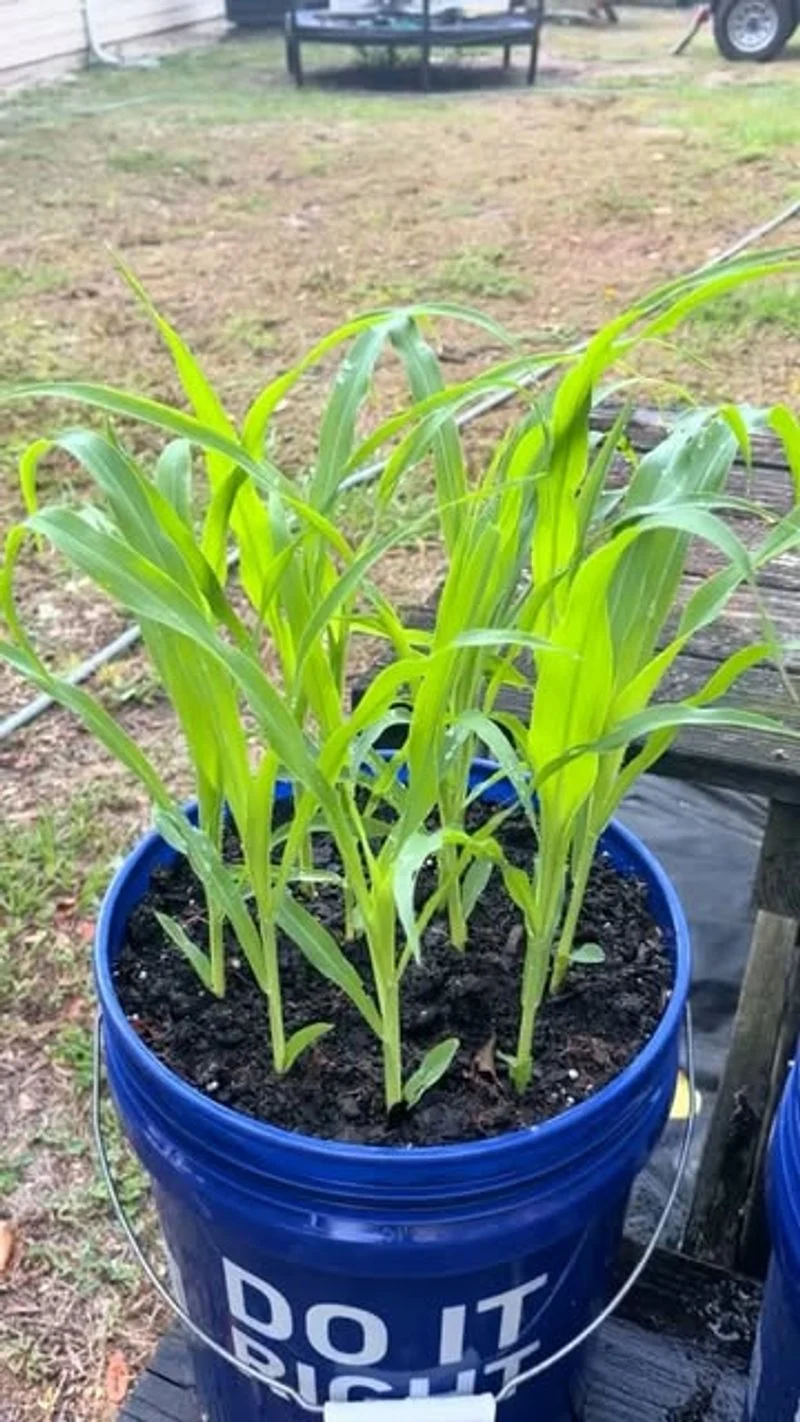
Corn’s towering stalks and need for spacious planting make it a challenging candidate for container gardening. With roots that prefer deep soil and a habit of growing best in blocks for effective pollination, corn often ends up spindly and low-yielding in pots. Containers simply can’t provide the necessary depth and clustering space that corn requires, leading to disappointing harvests. Moreover, the nutrient and water demands of corn are hard to meet consistently in a container environment. With these hurdles, aspiring corn growers might reconsider using pots for this majestic plant.
Pumpkins
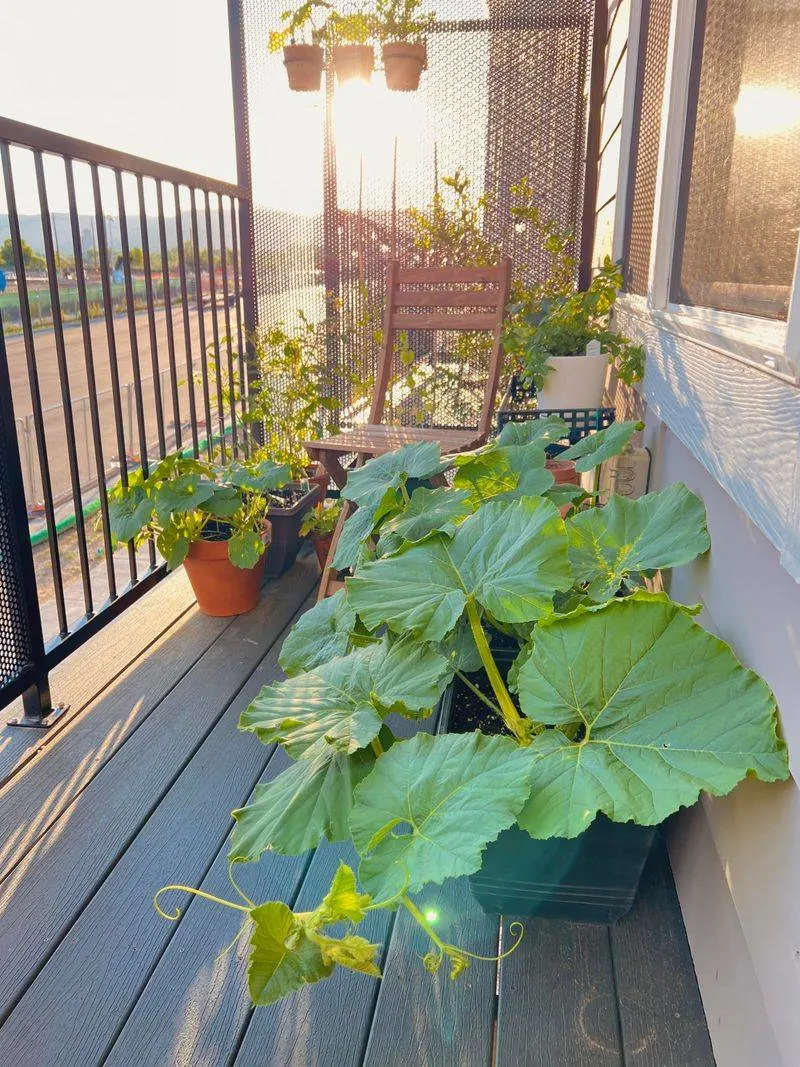
Pumpkins, with their sprawling vines and hefty space requirements, are notoriously difficult to grow in containers. Even dwarf varieties quickly outgrow pots, leading to stunted growth and poor fruit production. The wide and water-hungry root systems of pumpkins demand more room and soil moisture than typical containers can offer. This often results in plants that struggle to thrive and produce fruit. Additionally, the weight of growing pumpkins can be too much for container support, causing undue stress on the plant. For pumpkin enthusiasts, ground planting is far more suitable.
Cabbage
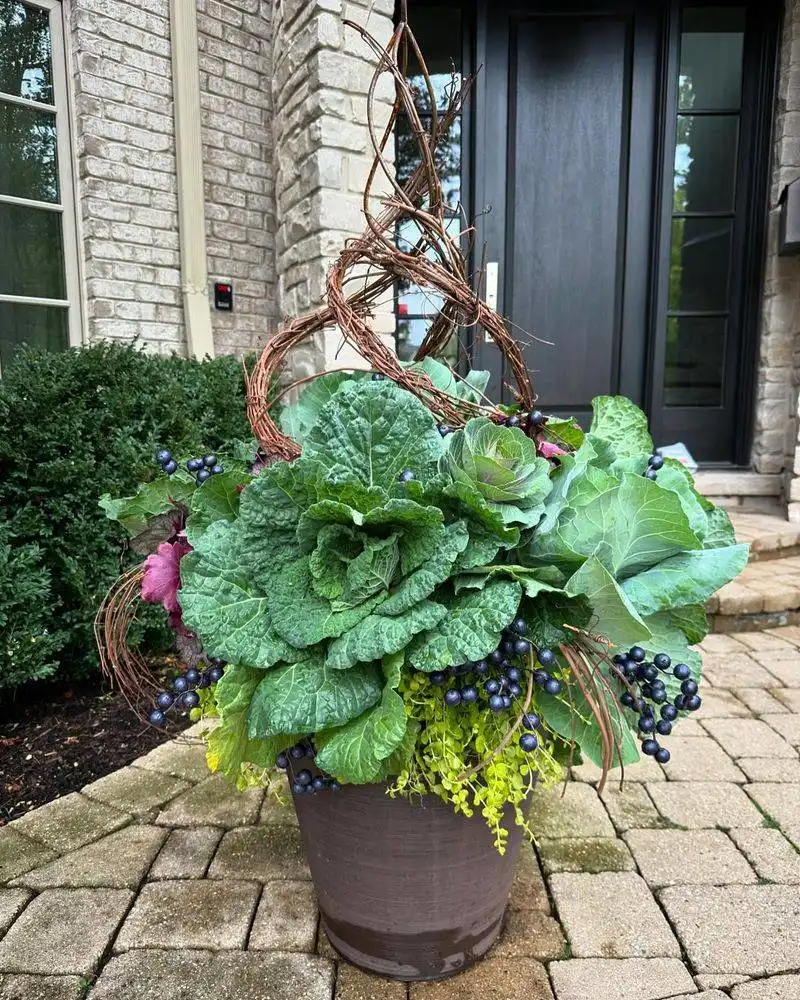
Cabbage, with its bulky growth and substantial space needs, is seldom successful in container gardening. Each cabbage head takes up considerable room, requiring consistent moisture and ample soil volume. In pots, cabbage often faces issues such as bolting or remaining undersized. The restrictions of container size make it challenging to offer the plant the consistent conditions it thrives in. Furthermore, cabbage’s root system needs depth and stability, which are hard to ensure in a typical container setup. For robust, healthy cabbage, traditional garden beds are preferable.
Cauliflower
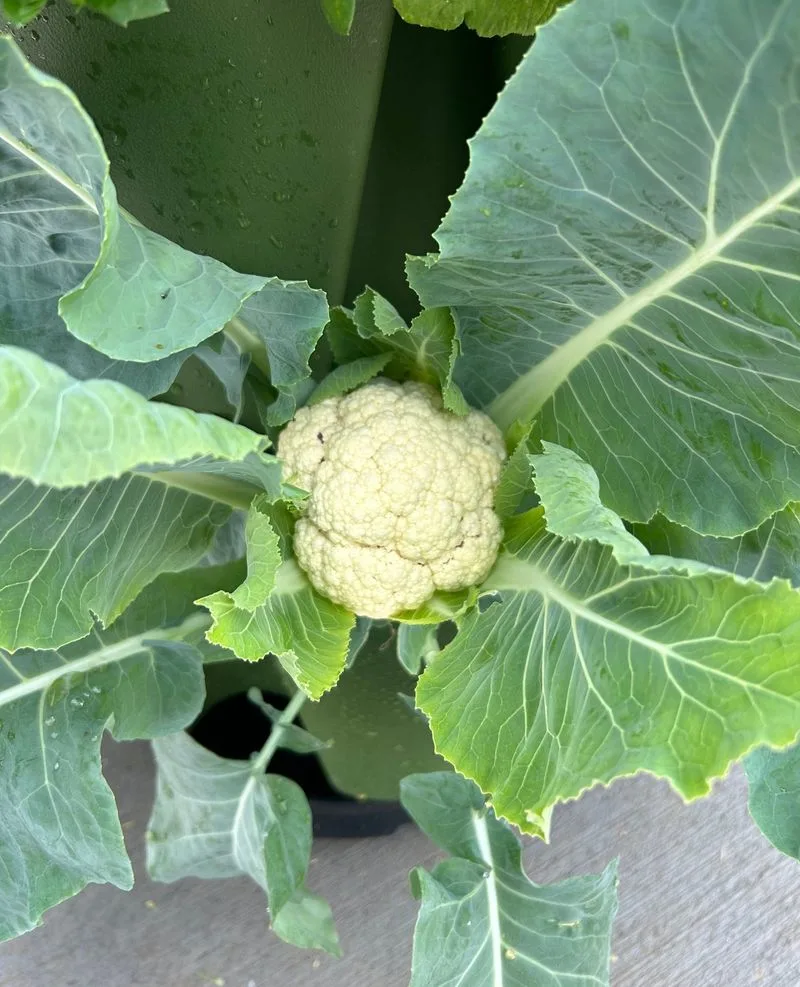
Cauliflower is a sensitive vegetable that needs steady conditions to form its distinctive head, making containers a tricky option. The plant’s susceptibility to temperature swings and root confinement means that pots often produce stunted or open florets. Maintaining the precise timing and care required for cauliflower becomes difficult in containers, where quick drying and limited space prevail. The sensitivity of cauliflower to environmental inconsistencies means that a more stable garden setting is ideal. Container gardeners may find success elusive with this particular crop.
Asparagus
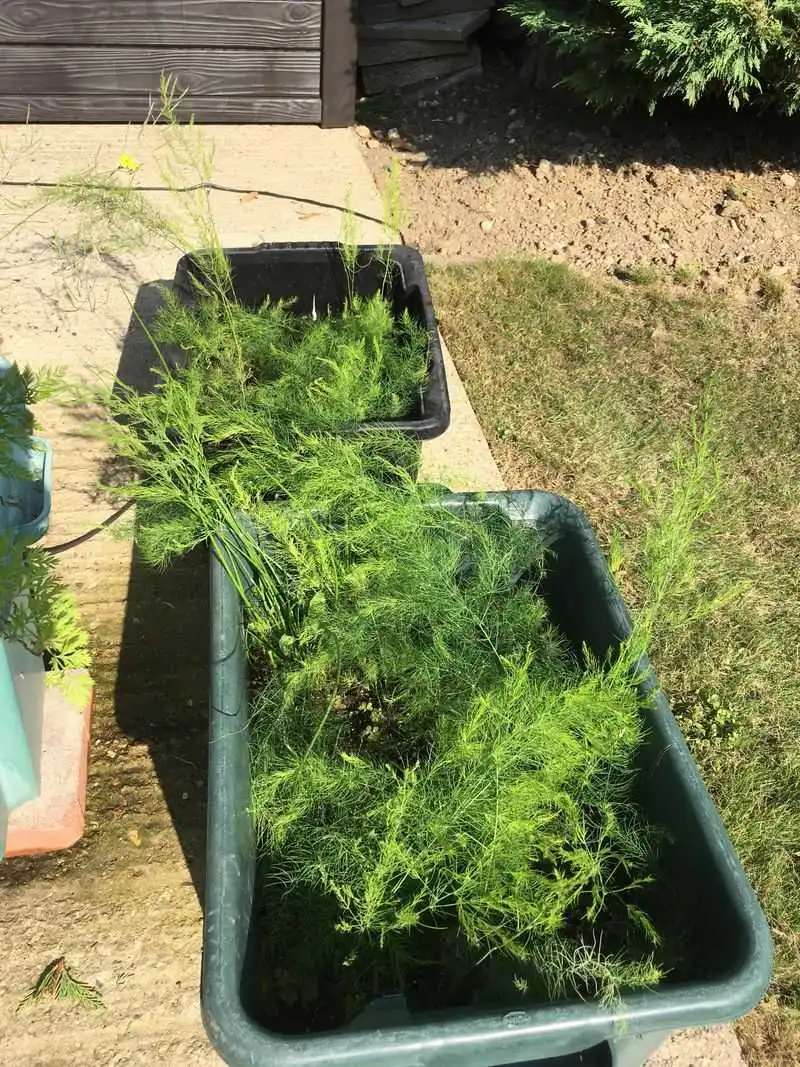
Asparagus, renowned for its perennial nature, thrives best in deep, permanent beds that are not easily replicated in container gardening. Taking years to mature, asparagus requires long-term space and undisturbed soil, conditions that movable or shallow pots cannot provide. The perennial growth habit of asparagus demands a stable environment that containers struggle to offer. Additionally, the patience required to nurture asparagus over several seasons often clashes with the transient nature of container setups. Gardeners seeking to cultivate asparagus should favor traditional beds.
Melons
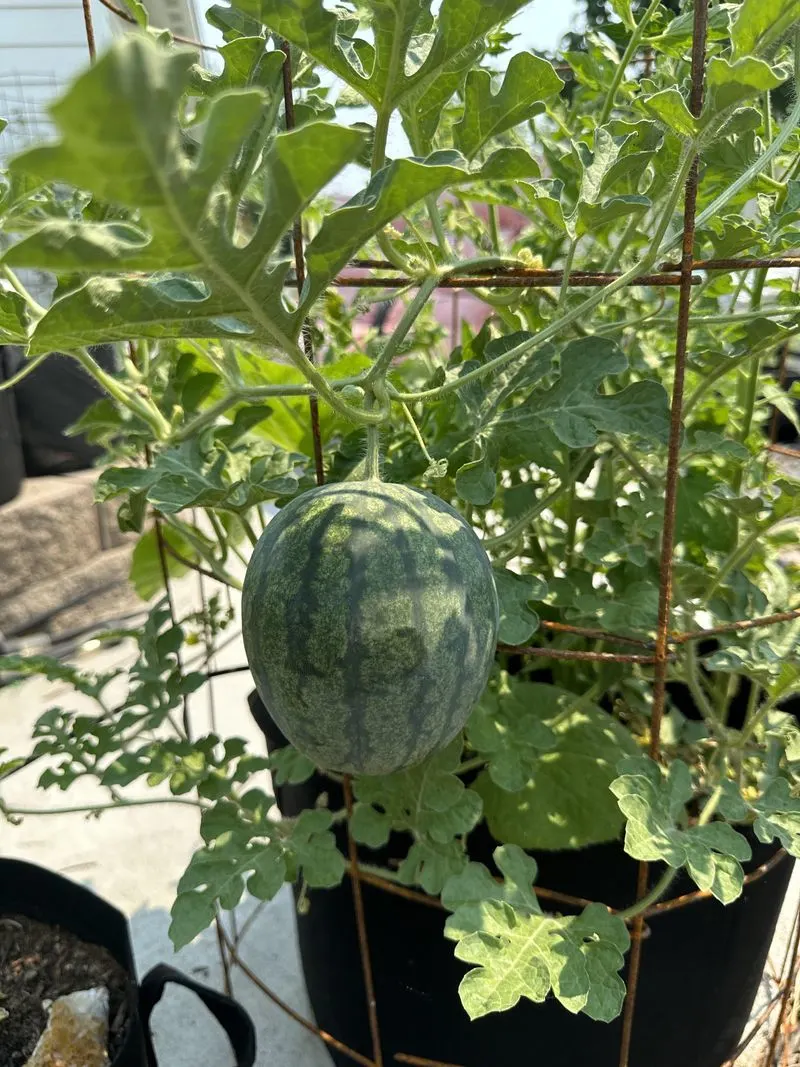
Melons, whether cantaloupe or watermelon, present a challenge for container gardening due to their need for a long growing season, warmth, and sprawling space. Even small-fruit varieties can stress container systems, leading to poor ripening and development. The heavy fruits produced by melons can also place substantial pressure on the vines, risking damage when grown in pots. Moreover, the nutrient and water demands of melons are difficult to meet in container environments. Aspiring melon growers should consider garden beds for better success.
Lettuce
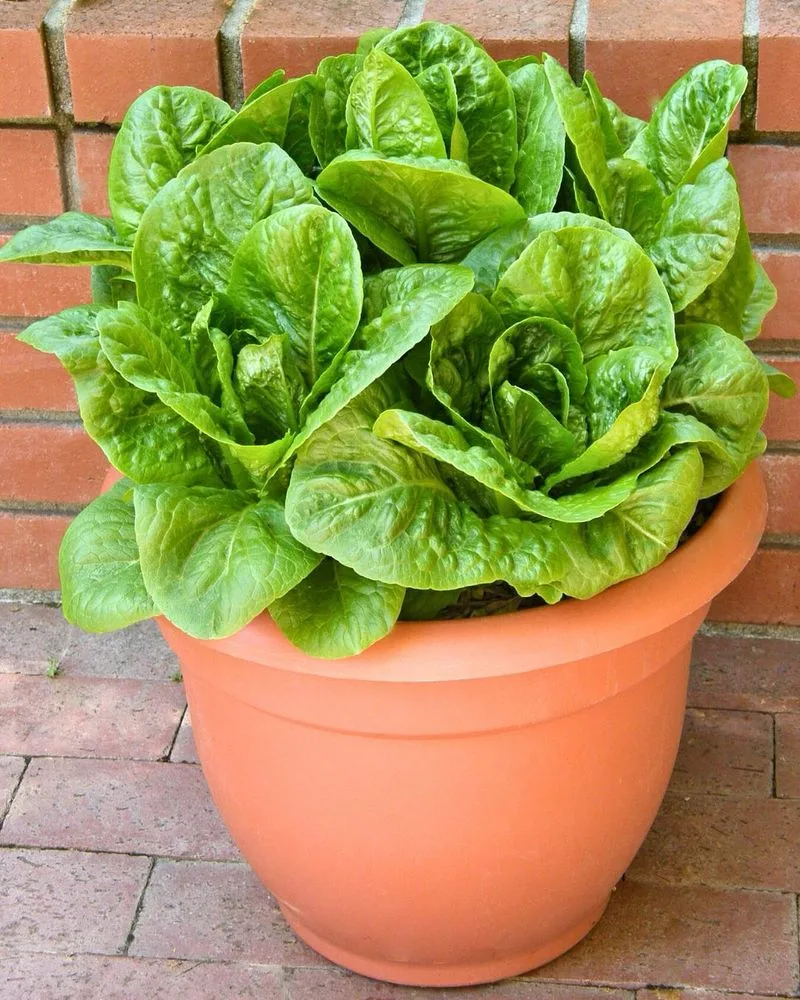
Lettuce, known for its shallow roots and rapid growth, is an ideal vegetable for container gardening. It thrives particularly well in wide, shallow pots, offering fresh produce with minimal effort. The ability to harvest outer leaves regularly makes lettuce a constant source of greens. Its preference for cool weather and partial sun means it can flourish on balconies or patios during spring and fall. Lettuce’s adaptability and minimal space requirements make it a favorite among container gardeners, providing a continuous, fresh supply of crispy leaves.
Radishes
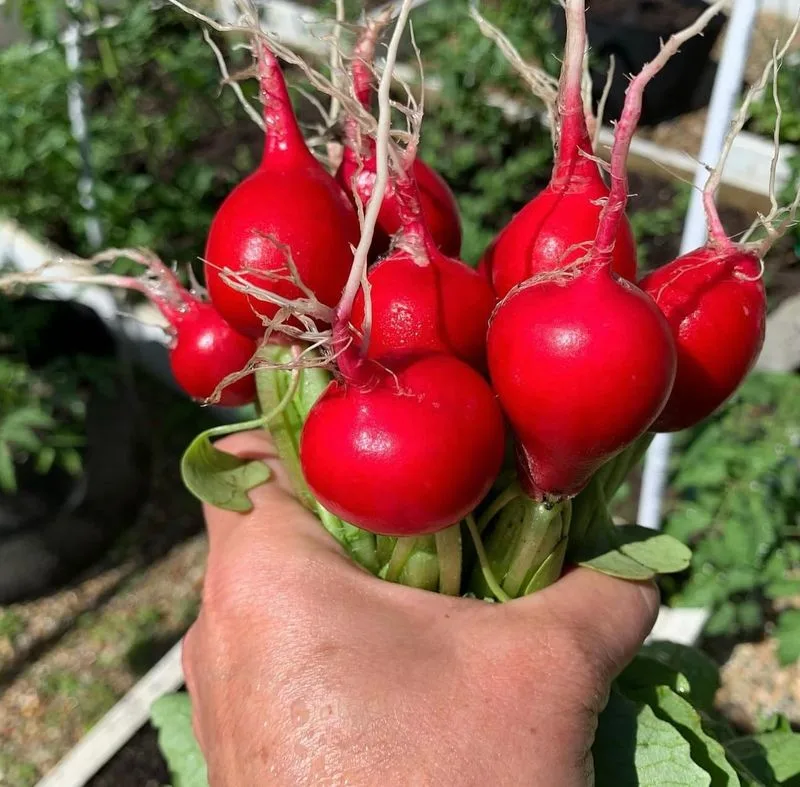
Radishes, with their quick maturation and minimal soil needs, shine in container gardening. These vibrant vegetables mature in just three to four weeks, making them perfect for beginners or children. Radishes thrive in small planters, adding a crunchy, colorful element to any container garden. Their adaptability allows them to flourish even in confined spaces, offering a rapid harvest of crisp roots. For those seeking an effortless and rewarding gardening experience, radishes are a delightful choice, providing both visual appeal and a tasty addition to meals.
Spinach
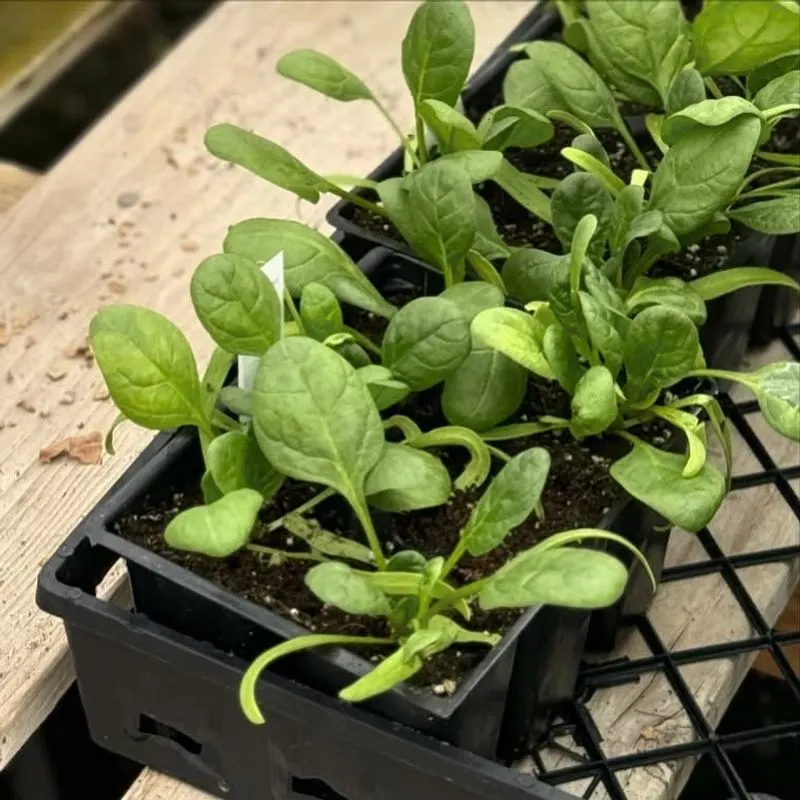
Spinach, much like lettuce, is well-suited to container gardening, thriving in cooler temperatures and shallow soil. Its ability to grow in pots allows for easy rotation, avoiding the heat that can cause it to bolt. Spinach offers versatility in the kitchen, letting gardeners snip young leaves for salads or let them mature for a richer flavor. The plant’s rapid growth and low maintenance make it a staple for container gardeners. Spinach’s nutritional value and adaptability ensure it remains a favored choice for those cultivating crops in limited spaces.
Peppers
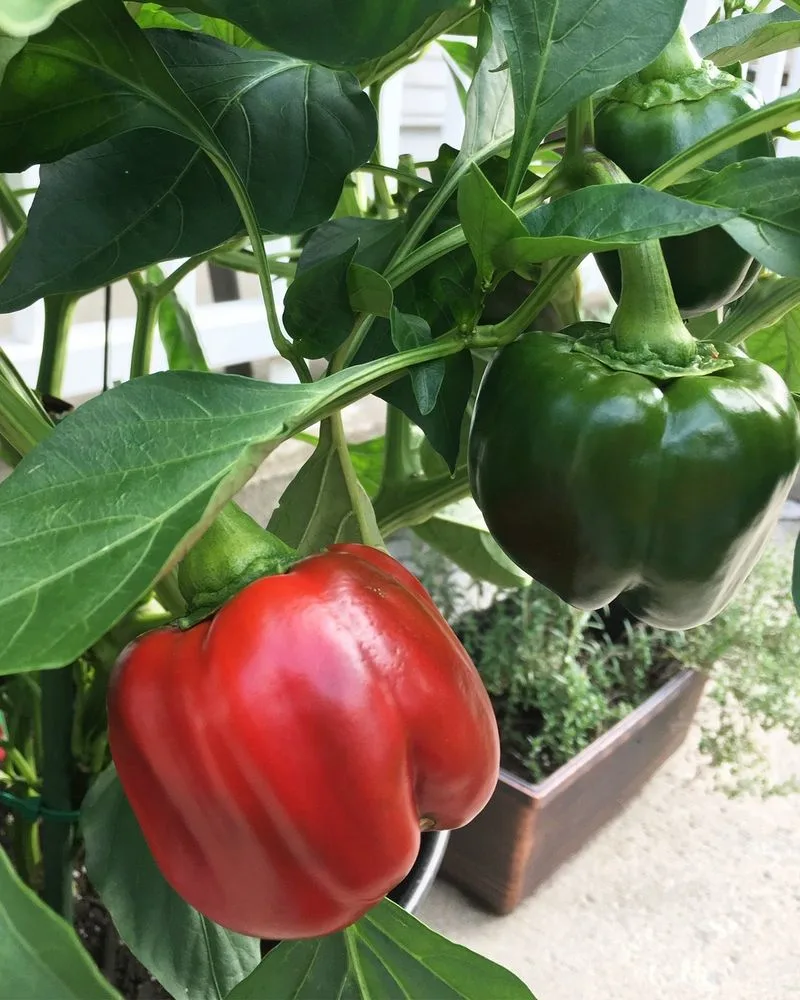
Peppers, whether bell or chili, are compact plants that flourish in warm, sunny containers. These plants are easy to manage and can be moved indoors when cold weather threatens. The warmer root zones in pots often result in faster fruit ripening. Peppers’ vibrant colors and varied flavors make them a popular choice for container gardens. Their adaptability and ease of cultivation provide gardeners with a rewarding and aesthetically pleasing crop. As a versatile addition to culinary pursuits, peppers bring both color and spice to homegrown meals.
Cherry Tomatoes
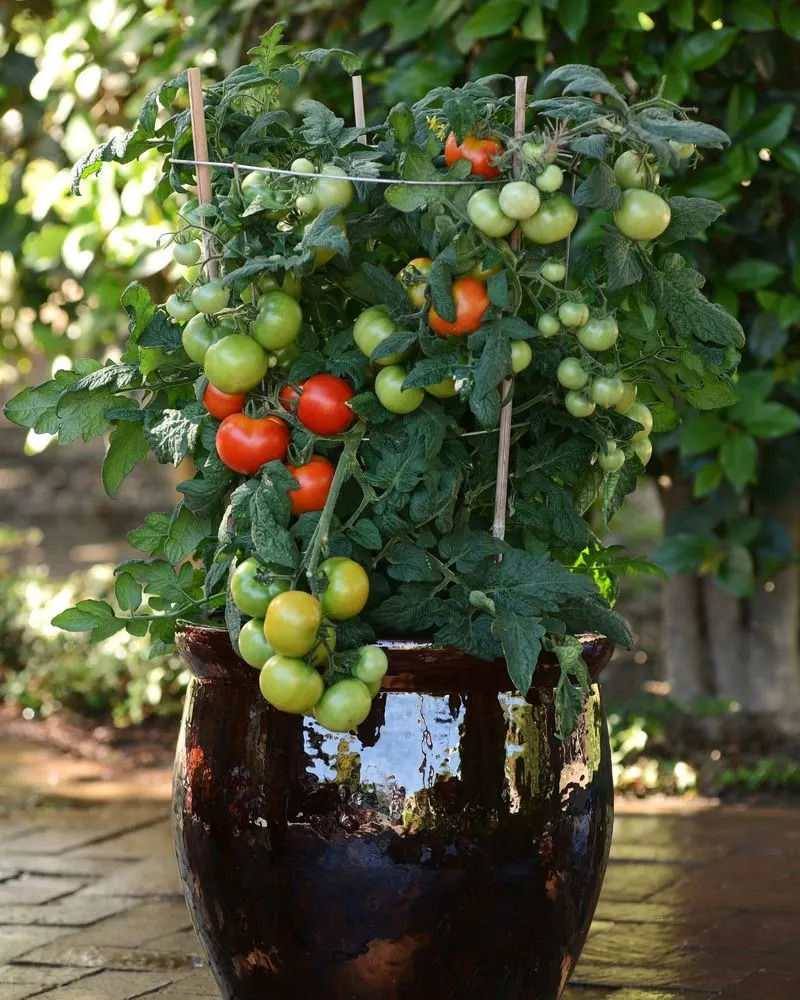
Cherry tomatoes, especially smaller varieties like ‘Tiny Tim’ or ‘Patio Princess,’ thrive in large containers. Their upward growth is supported by cages or stakes, offering a high yield in compact spaces. The convenience of snacking directly from the vine makes cherry tomatoes an appealing choice for home gardeners. The plants’ ability to flourish in pots ensures a consistent supply of bite-sized, flavorful fruit. Their cheerful red hues and sweet taste brighten any balcony or patio, providing a delicious and decorative addition to container gardens.
Green Onions
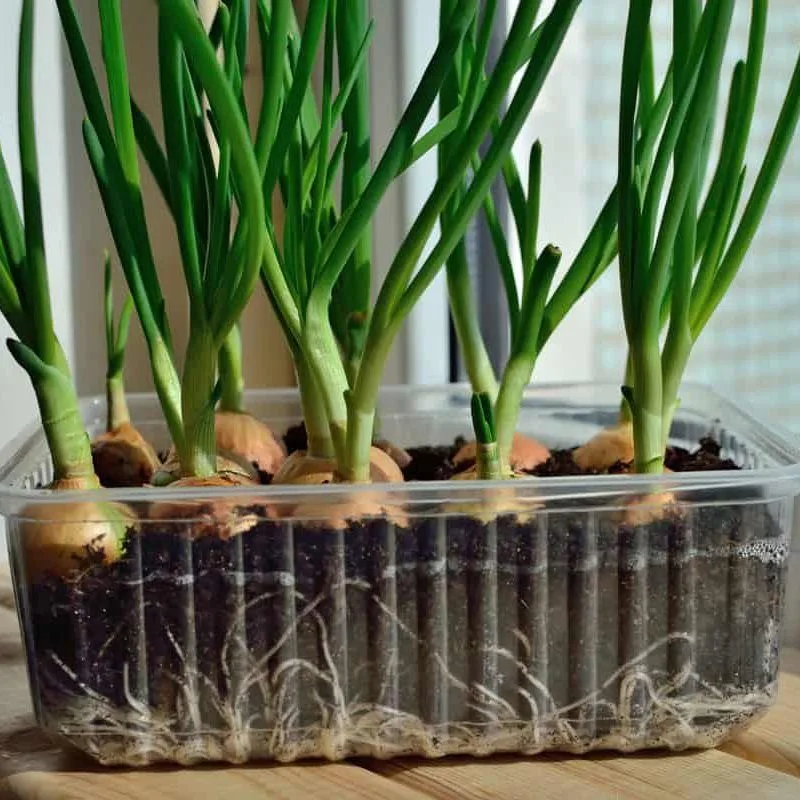
Green onions, also known as scallions, are well-suited to crowded pot settings, regrowing after each cut. These slender plants require minimal soil and care, thriving even in small window pots. Green onions can be easily started from kitchen scraps or sets, making them an economical choice for home gardeners. Their ability to regrow quickly ensures a steady supply of fresh flavor for culinary endeavors. With their ease of cultivation and adaptability, green onions add both convenience and zest to container gardening, enhancing dishes with their sharp taste.
Bush Beans
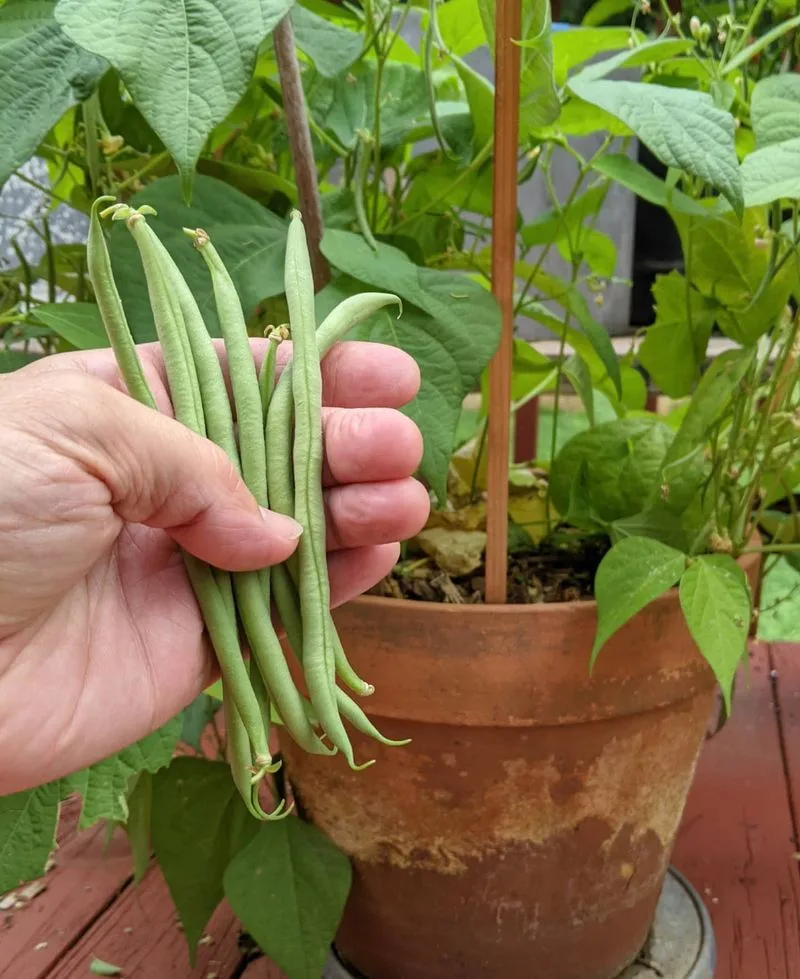
Bush beans, unlike their pole counterparts, stay compact and productive, making them ideal for container gardening. These plants grow quickly in pots, offering easy harvesting and a bountiful yield. Bush beans produce all at once, making them great for meal planning or preserving. Their rapid growth and ease of care make them a favorite among container gardeners. The beans’ crisp texture and nutritious value add diversity to the homegrown diet. For those seeking a reliable and productive crop, bush beans offer both flavor and convenience in container settings.
Carrots
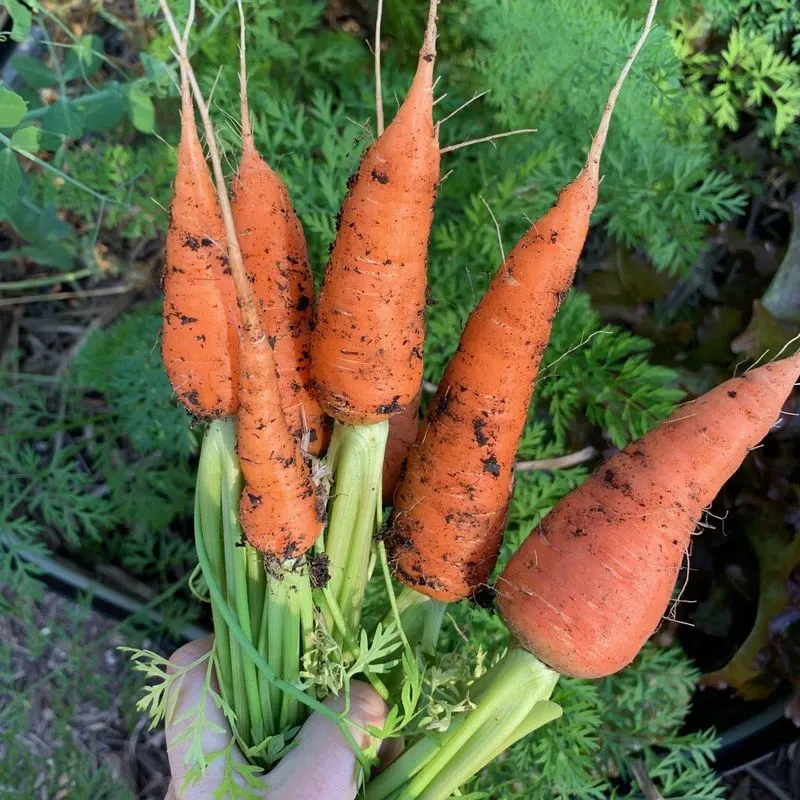
Carrots, particularly short varieties like ‘Paris Market’ or ‘Thumbelina,’ excel in container gardening. These types require deep, loose soil but not much width, making them perfect for pots. The smooth, sweet roots are easily pulled from containers without damage. Carrots offer a nutritious and rewarding harvest for those with limited space, providing both color and flavor to meals. Their ability to thrive in pots ensures a steady supply of fresh produce. For gardeners looking to grow root vegetables, these compact carrots are an ideal choice.
Kale
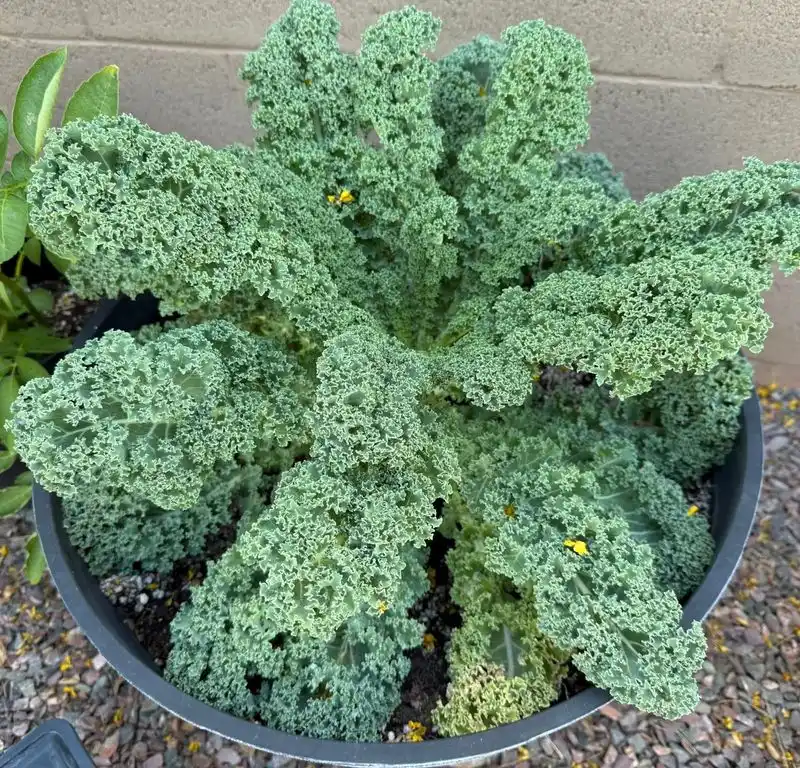
Kale, hardy and slow to bolt, is a reliable choice for container gardening. This leafy green grows well in medium-sized pots, offering months of leafy harvests. Kale’s tolerance for cooler temperatures makes it a versatile plant for various climates. With its ornamental appearance, kale adds both beauty and nutrition to container gardens. The leaves’ robust flavor enhances a variety of dishes, making kale a popular choice for health-conscious gardeners. Its adaptability and resilience contribute to its enduring popularity among those cultivating crops in confined spaces.
Arugula
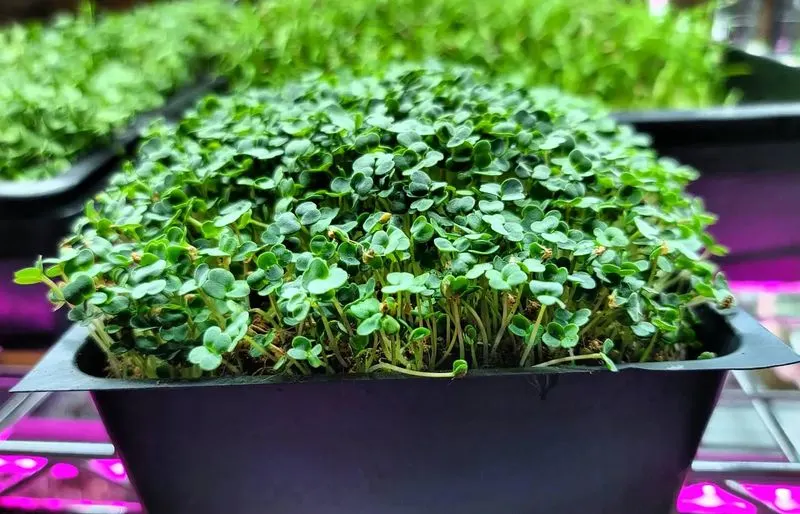
Arugula’s quick growth and preference for cooler weather make it ideal for container gardening. This peppery green flourishes in shallow containers or window boxes, going from seed to salad in just a few weeks. Arugula’s ability to reseed easily ensures a continuous crop for the home gardener. The distinct, spicy flavor of its leaves adds an exciting element to salads and dishes. Its rapid growth and low maintenance make arugula a favorite among those looking to maximize their container gardening efforts. Enjoy fresh, tangy greens with this versatile plant.

